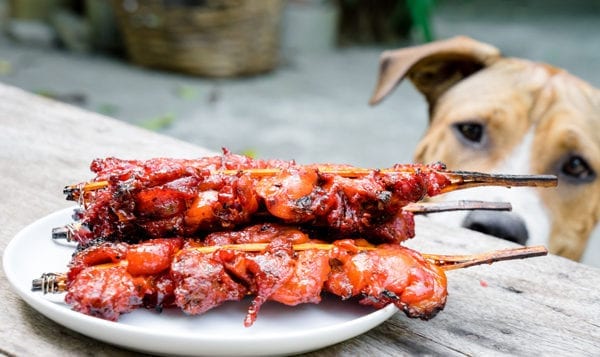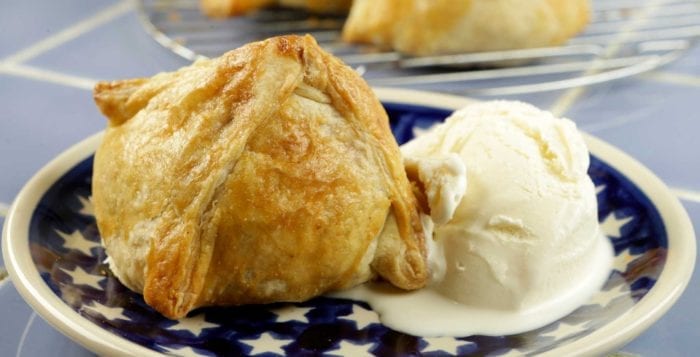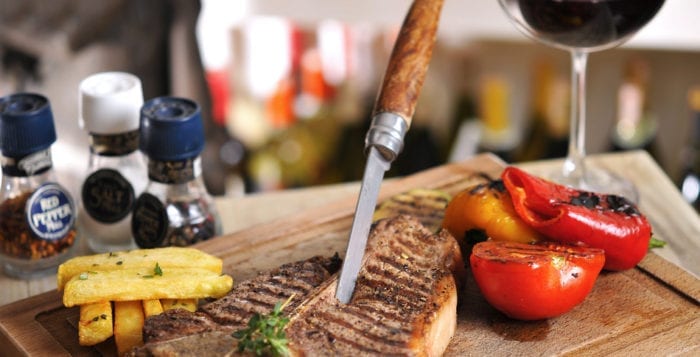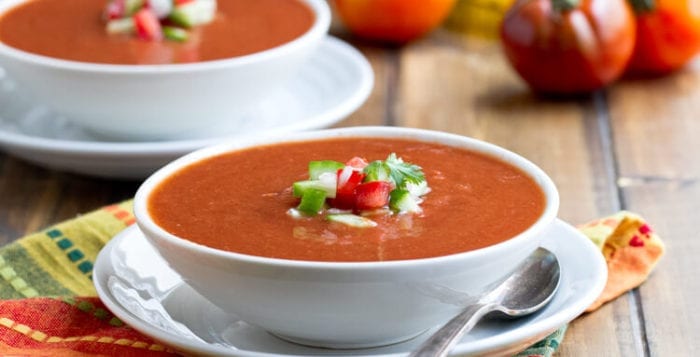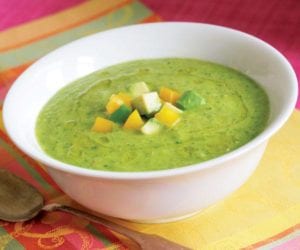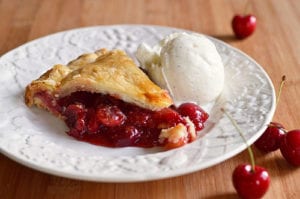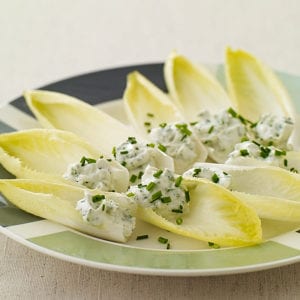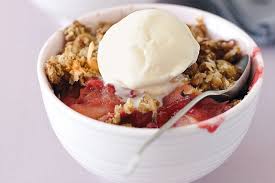By Matthew Kearns, DVM
 Aaaah, summer’s here and we know it by the smells in the air. Tantalizing aromas of steak, sausage, chicken, burgers and dogs. After dinner it’s marshmallows (sometimes with graham crackers and chocolate). I don’t know anyone who doesn’t love it (including our pets). As gratifying as it is to have friends and family over, we have to be careful of our “unofficial tasters” hanging around the barbecue.
Aaaah, summer’s here and we know it by the smells in the air. Tantalizing aromas of steak, sausage, chicken, burgers and dogs. After dinner it’s marshmallows (sometimes with graham crackers and chocolate). I don’t know anyone who doesn’t love it (including our pets). As gratifying as it is to have friends and family over, we have to be careful of our “unofficial tasters” hanging around the barbecue.
Grease
Be very careful of grease both dripping from the barbecue and on the ground. Hot grease from drippings can cause burns to the skin and mouth, and old grease can grow mold and bacteria on it. Lastly, large amounts of grease can lead to severe vomiting and diarrhea and, potentially, a life-threatening condition called pancreatitis.
Raw meat
Dogs and cats don’t always wait for the food to be cooked before they decide to jump up on the counter and take some. Although many pet owners feel that the raw diet is the way to go, for pets raw chicken and beef can have some serious bacteria like various Salmonella species and E. coli, which will proliferate in the hot summer sun.
Foreign bodies
A foreign body in this context refers to anything a pet would be silly enough to swallow that will get stuck in the gastrointestinal tract. Common foreign body risks at barbecues are corn cobs (my favorite because you can see them on X-rays and know what they are), peach pits, aluminum foil, plastic wrap, string to bind roasts, bones (chicken, pork, beef) and skewers (wood or bamboo for shish kebab or teriyaki). Bones and skewers are the most dangerous because they not only have the potential to form an obstruction but can also penetrate the esophagus, stomach or intestines and lead to a life-threatening peritonitis.
Toxicity
Things like onions and garlic can cause significant gastrointestinal upset and, in larger amounts, GI bleeding. Fruit salads that contain grapes and snack mixes that contain raisins and toxic nuts like macadamias should be kept out of reach of our pets. Any fruits with pits should be either avoided (see “Foreign bodies” above) or carefully picked up. Things like ice cream and chocolate should also be kept away from pets. Large amounts of chocolate could lead to serious issues besides just an upset tummy (things like irregular heart rhythms, seizures, difficulty breathing) and, although most dogs tolerate dairy products, some are lactose intolerant (almost all cats are lactose intolerant as adults).
Heatstroke and burns
Pets (dogs particularly) may stay close to the barbecue even if it is out in the sun to be close to potential scraps. These guys don’t have the option to take off their coats, so make sure that plenty of water (with a few ice cubes is nice) is available and also make sure your pets have access to inside or the shade. Also remember that those grills can remain quite hot (especially charcoal grills) long after the barbecue is over, so make sure your pets do not have access to that area when no one is actually either grilling or monitoring that area. So, have fun in the sun and LIGHT THOSE GRILLS!!!! Just make sure our pets are not too close when you do.
Dr. Kearns practices veterinary medicine from his Port Jefferson office and is pictured with his son Matthew and their dog Jasmine.

